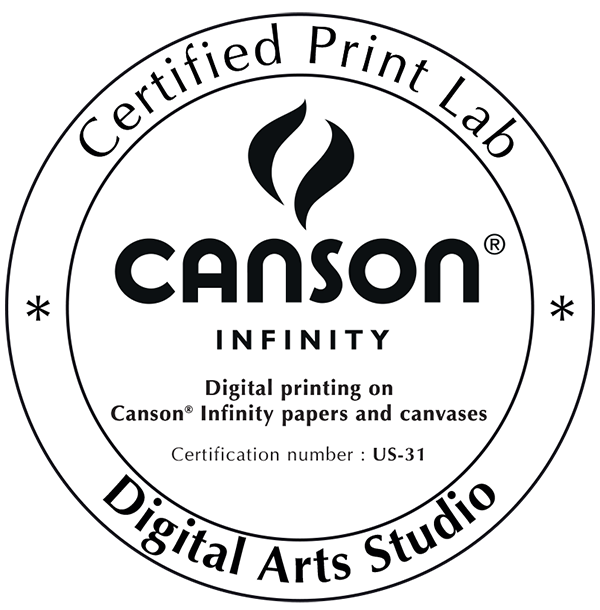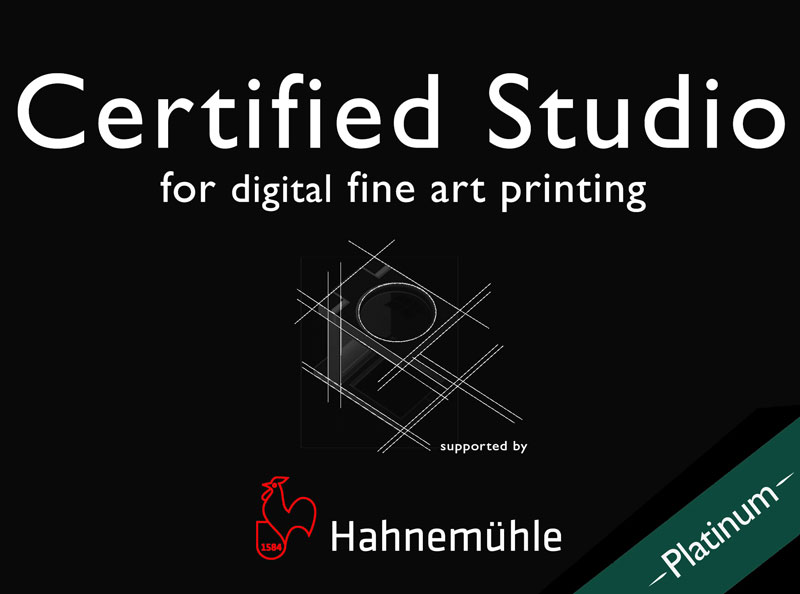How To Sell Art To The Affluent Market

Tips on How to Sell Art to People Who Can Afford to Buy It
Loosen Up, Get Smart, Rise to The Challenge.
You cannot effectively learn how to sell art to the affluent market if you are self-conscious about your income level, or if you let your circumstances put a chip on your shoulder. The first step for those who do is recognizing you have a bias.
The second step is being pragmatic and adult enough to get over your preferences. To market to those outside your current income status, you need to take the steps required to understand your customers deeply and profoundly. You do not have to be like them to sell to them. You need to know where they are coming from and how they look at life….Keep Reading.

Sacred Ground by Bev Doolittle, sold out at the publisher for a record signed and numbered print edition of 69,996 pieces. At $265 retail, it brought in $18.5 million and was the high water mark for the limited edition print boom of the 1980s. Those were heady, profitable days for all involved in the art print market. A search today will find framed versions of the print offered with prices ranging between $500 – $1200, which is remarkable given the enormous numbers of prints in the edition.

“Then very slowly, I go to slightly lighter colors until little by little, the forms begin to take shape, and I start to see what is happening. Since I never plan in advance but rather, let myself be led by instinct and taste and intuition. And it is in this manner that I find myself creating visions that I have never before imagined. And little by little certain color effects develop that excite me, and I find the painting itself leading me on, and I become only an instrument of a greater, wiser force…or being…or intelligence than I myself am.” – Eyvind Earle
The image of the Eyvind Earle serigraph above is simply stunning in person. As some serigraphs do, this one has a luminescent quality that cannot be captured on a photograph or computer screen. It took my breath away when I first saw it in a gallery in Carmel, CA, nearby his studio and atelier. The odd thing is I had seen a similar view the day before while driving up the coast highway en route to Hearst Castle, Carmel, and Monterey. The cows idling on very steep ochre, golden-colored slopes throwing elongated, surreal shadows provided a momentary visual delight. To find Earle’s image the very next day, where he elegantly captured such a view, another surreal experience.
I present the two forms of art prints to show the contrast between them. It would be impossible to duplicate Doolittle’s success in selling limited edition prints printed on paper with offset lithography. There was a buy one for the wall and one for under the bed mentality that fed the craze. It was FOMO before we knew what FOMO was. It was also pre-internet, which made it very different from today.
Sacred Ground probably cost $7 or less to print on paper. Valley probably cost $180 to pull as a finished piece. The number of colors in the serigraph determines the price. When you start researching art prints, you quickly realize it covers a wide gamut of types, prices, markets, and more. Research, before you take the plunge, will help you make the most of working with art prints. If you find a way to build a market and service it with prints, you’ll have a winning solution to business success as an artist.
KEEP READING – Continue to the next blog post, Art Prints Defined | The Definition of Art Prints





